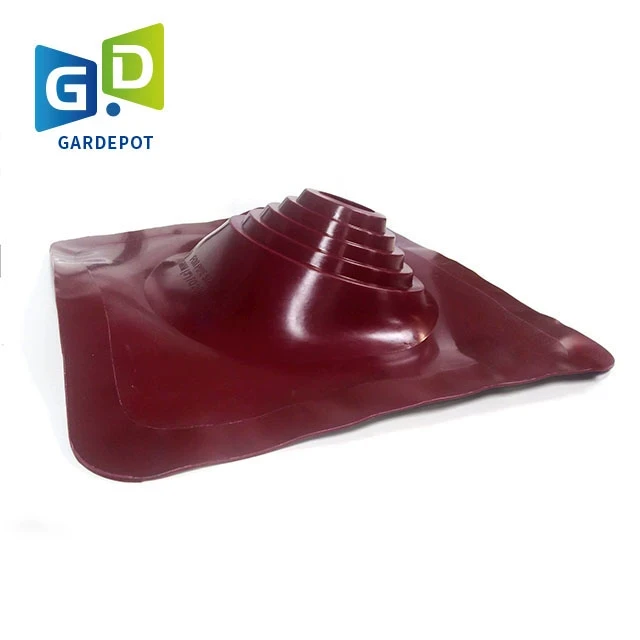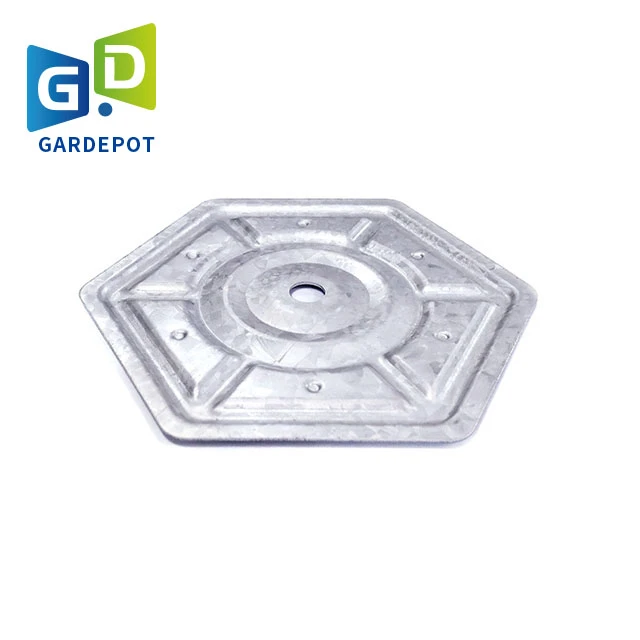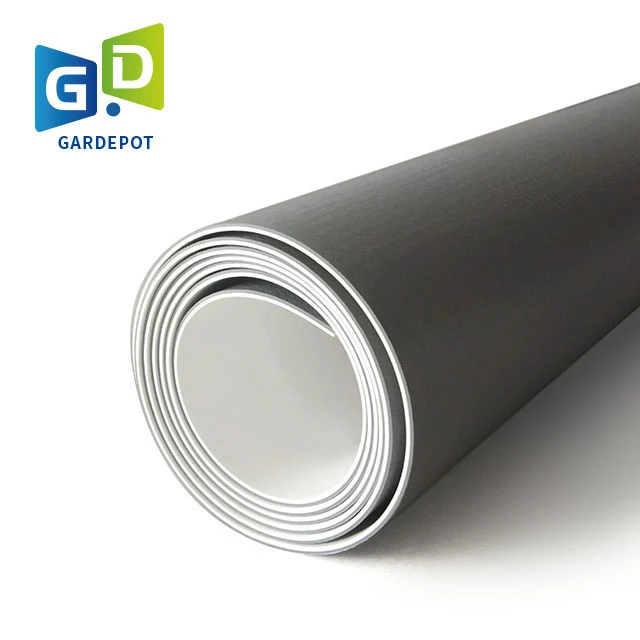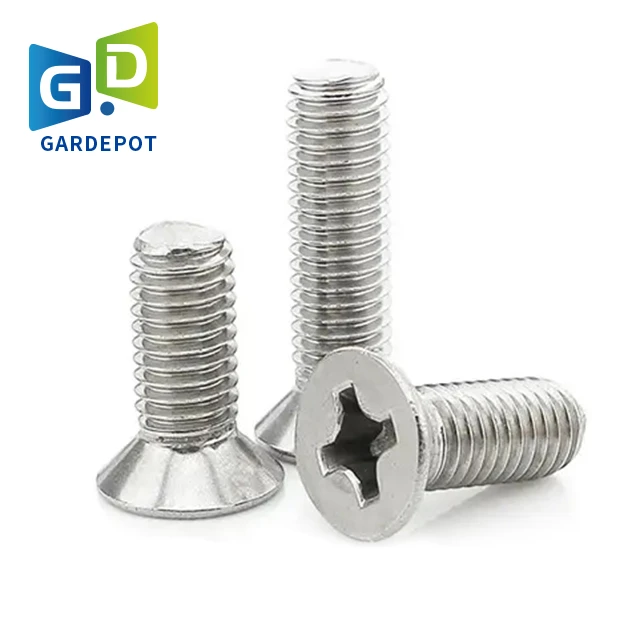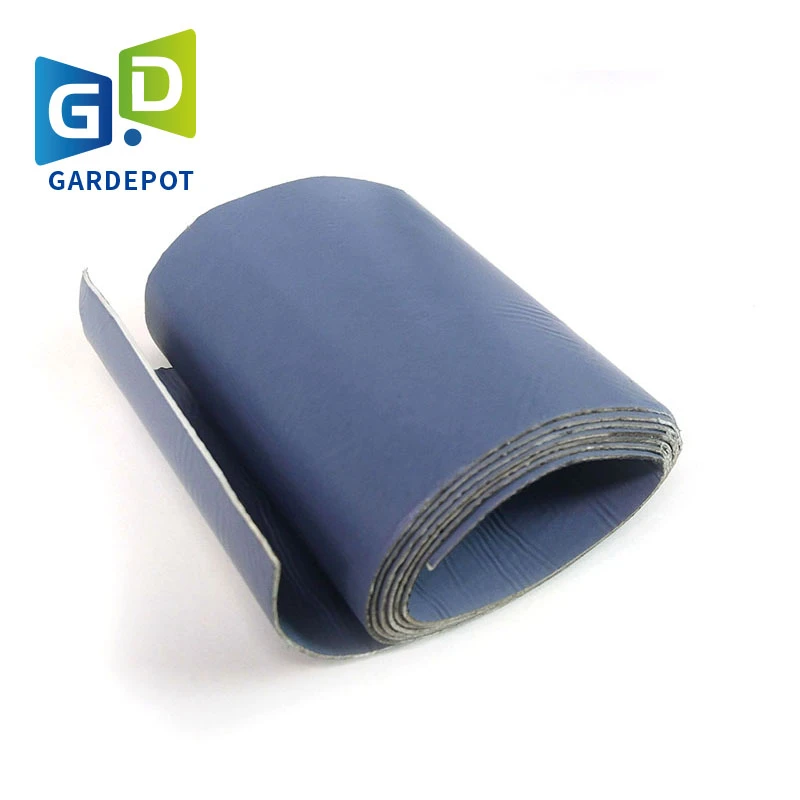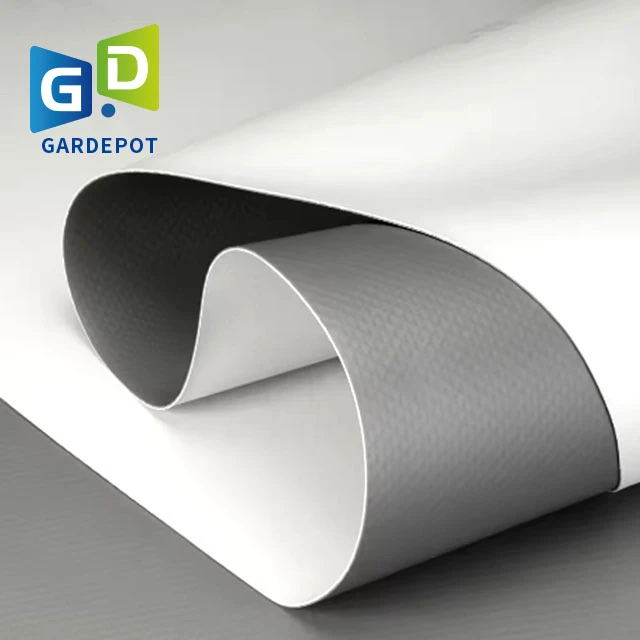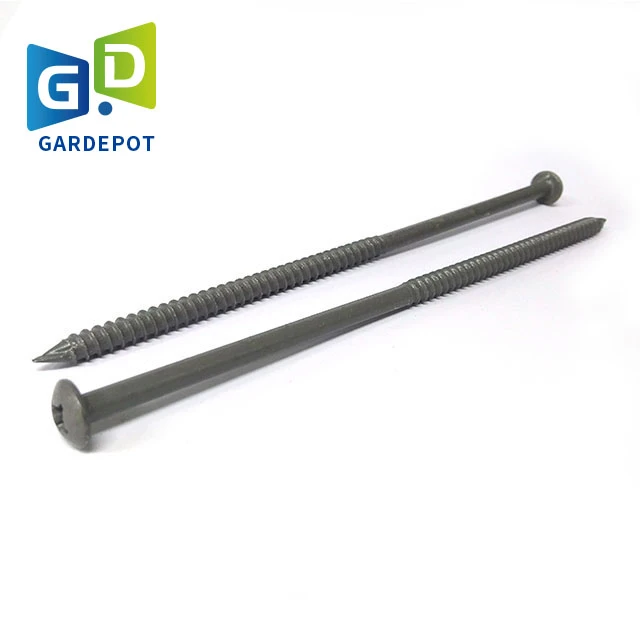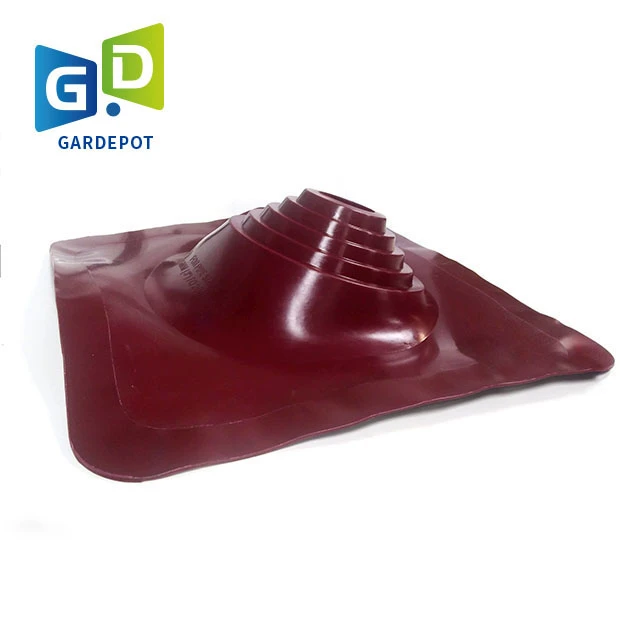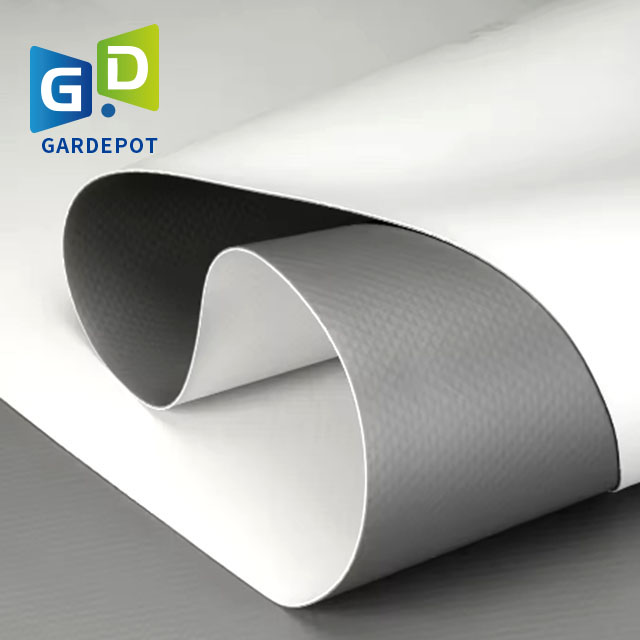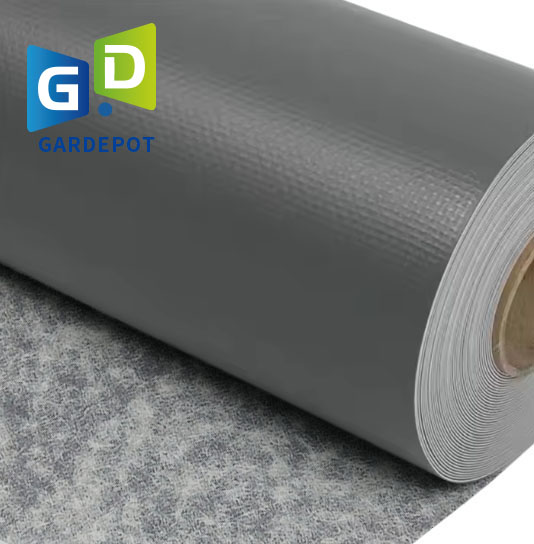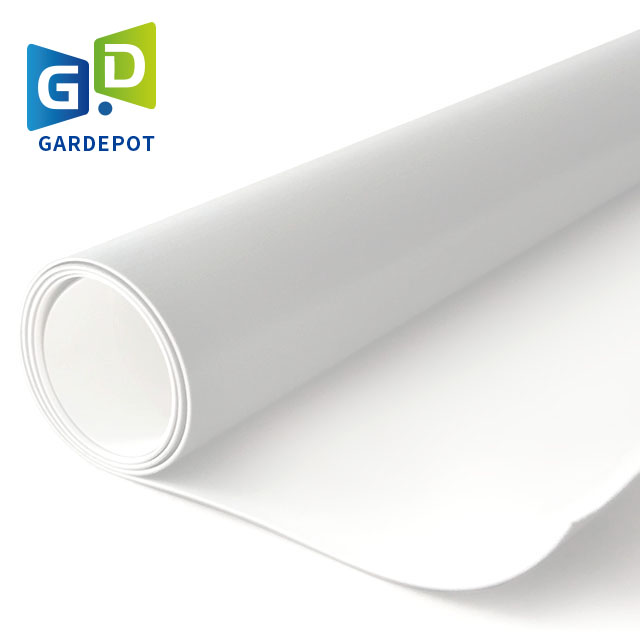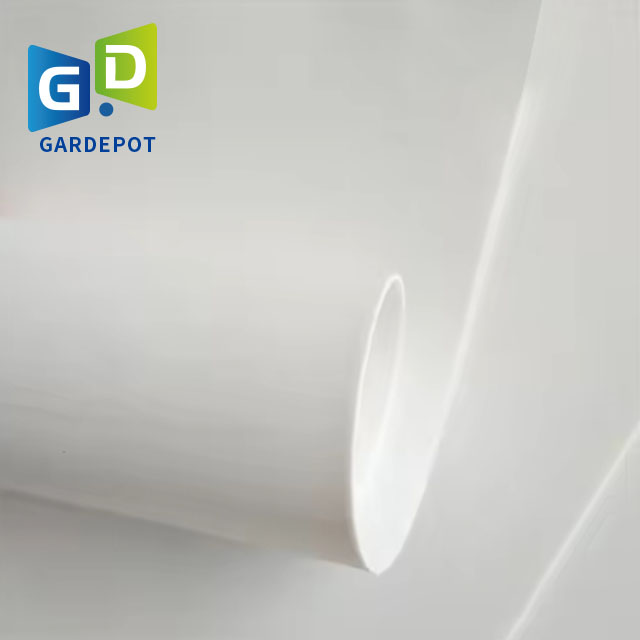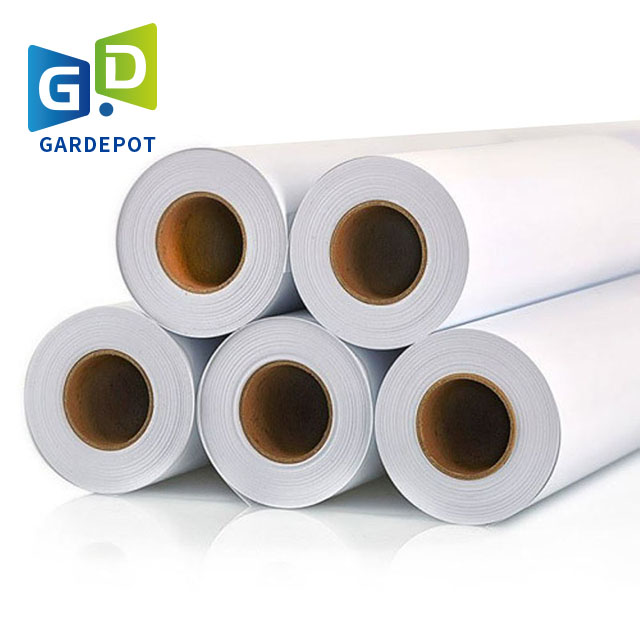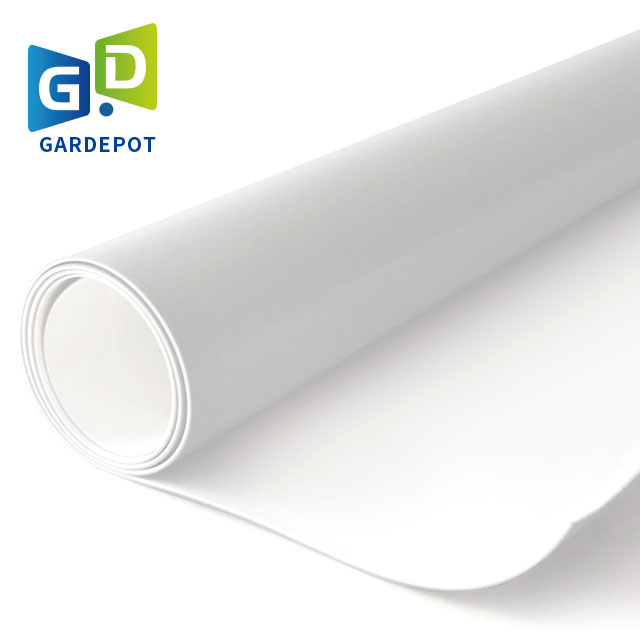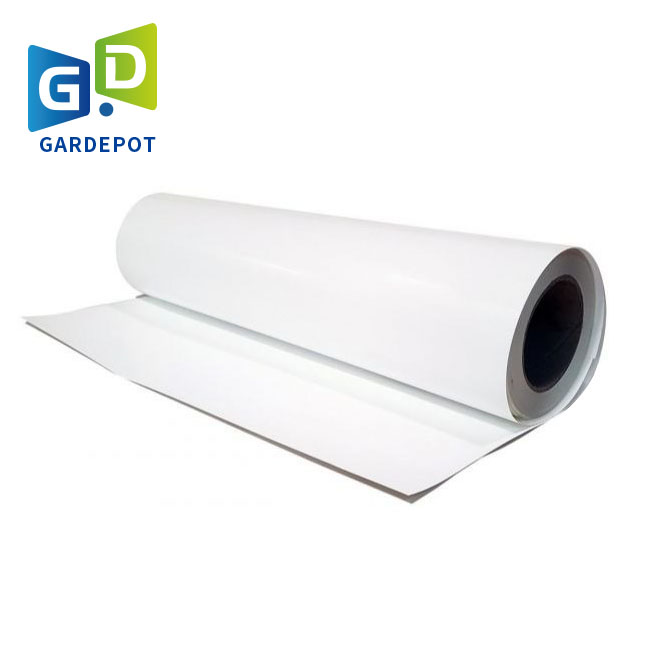Flat Roof Self-Adhesive Membrane Easy Install & Durable Waterproofing
- Market statistics and growth trends for flat roofing solutions
- Performance advantages of self-adhesive membrane technology
- Comparative analysis of major roofing membrane types
- Material selection factors based on project requirements
- Field application case studies across industries
- Installation precision techniques for optimal results
- Long-term value proposition and industry innovations

(flat roof self adhesive membrane)
Addressing modern flat roofing challenges with advanced membrane technology
The demand for efficient waterproofing solutions has accelerated significantly in commercial construction sectors. According to recent industry reports, flat roof self adhesive membrane
installations have witnessed a 17% compound annual growth since 2020, reflecting their increased adoption across European and North American markets. Market analysts project this segment will reach £3.2 billion globally by 2028, driven by renovation projects in aging infrastructure. Material science innovations have transformed membrane technology beyond traditional asphalt systems, offering architects and contractors enhanced performance characteristics that directly address water ingress prevention in low-slope structures.
Performance characteristics of modern adhesive membranes
Contemporary self-adhesive compounds demonstrate significant technical improvements over earlier formulations. Modern butyl-based adhesives achieve initial bond strengths exceeding 45 psi within 24 hours of application, with progressive adhesion developing over 28 days. Advanced formulations incorporate ceramic microbeads that provide ultraviolet protection while maintaining 98% water resistance for over thirty years. Unlike traditional torch-applied membranes, self-adhesive systems eliminate fire hazards during installation and reduce labour requirements by approximately 35%. Key performance advantages include superior seam integrity, reduced installation errors, and compatibility with diverse substrates from concrete to wood decking. Modified bitumen membranes now withstand extreme temperature fluctuations from -40°C to 120°C without significant thermal movement.
Comparative product analysis across material categories
| Performance Metric | Self-Adhesive Modified Bitumen | PVC Membrane | EPDM Rubber |
|---|---|---|---|
| Installation Temperature Range | 5°C - 40°C | -10°C - 50°C | 0°C - 45°C |
| Tensile Strength (ASTM D412) | 650 N/50mm | 550 N/50mm | 425 N/50mm |
| Puncture Resistance (ASTM D751) | 125 Newtons | 95 Newtons | 80 Newtons |
| Service Life Expectancy | 30-35 years | 25-30 years | 20-25 years |
| Recycled Content Percentage | 22-28% | 35-42% | 12-18% |
Material selection for specific environmental conditions
Optimal membrane selection requires thorough project assessment across multiple parameters. For structures experiencing significant thermal cycling exceeding 70°C annual variation, polyester-reinforced self-adhesive membranes provide superior dimensional stability with less than 0.5% thermal movement. Coastal projects benefit from aluminium-coated surface films that reflect 87% of solar radiation while resisting salt spray corrosion. Modified bitumen systems demonstrate particular advantages in regions experiencing heavy precipitation due to superior seam integrity under hydrostatic pressure. Fire-rated assemblies in urban environments require Class A certified membranes meeting stringent spread-of-flame requirements. Recent technical developments include hybrid membrane systems combining structural reinforcement layers with customisable surface granule patterns for architectural integration.
Implementation scenarios across building categories
Actual performance outcomes validate material selection approaches across diverse environments. The refurbishment of a Manchester distribution facility covering 12,500m² demonstrated how self-adhesive membranes resolved persistent leakage issues through precision installation over complex penetrations. Contractors completed the project without operational interruption despite daily precipitation averaging 15mm. In the pharmaceutical sector, an Essen manufacturing facility achieved critical air-tightness specifications using uncured butyl adhesive tapes at perimeter terminations. For extensive green roof installations in Copenhagen, specialised root-resistant membranes have maintained waterproof integrity beneath 400mm substrate layers for twelve consecutive growing seasons without maintenance intervention. Airport hangar installations in Calgary withstand glycol contamination from de-icing operations through chemical-resistant surface treatments.
Installation protocols for maximum system performance
Practical application requires adherence to specific technical protocols regardless of material choice. Surface preparation represents perhaps the most critical phase, with substrate moisture testing revealing 63% of premature failures originate from vapour transmission issues. Adhesion development relies on temperature management both during installation and throughout the initial curing phase. Technical guidelines recommend maintaining installation materials between 10°C and 25°C before application using climate-controlled storage units. Critical detailing techniques include proprietary transition membranes for irregular substrates and three-stage sealing at penetrations exceeding 150mm diameter. Quality assurance procedures should include destructive adhesion testing at 15-metre intervals and infrared imaging to identify moisture inclusions before completion. Professional installation certification programmes have reduced warranty claims by 28% across European markets.
Evaluating life-cycle value in flat roof membrane investment
Long-term performance data reveals significant financial advantages in selecting advanced membrane systems. When considering total ownership costs over thirty years, modern flat roof self adhesive membrane installations show 27% lower expenditures than traditional built-up alternatives. Technological innovations include factory-applied adhesive systems ensuring consistent coating thickness and self-diagnosing membranes with integrated leakage detection systems. Leading manufacturers now offer performance warranties covering both material integrity and labour costs for twenty-year periods. Environmental impact evaluations demonstrate that contemporary membranes achieve up to 42% reduction in embodied carbon versus previous-generation materials. Ongoing research focuses on self-repairing compound technologies capable of sealing minor penetrations without manual intervention, representing the next evolution in waterproofing reliability for low-slope structures.
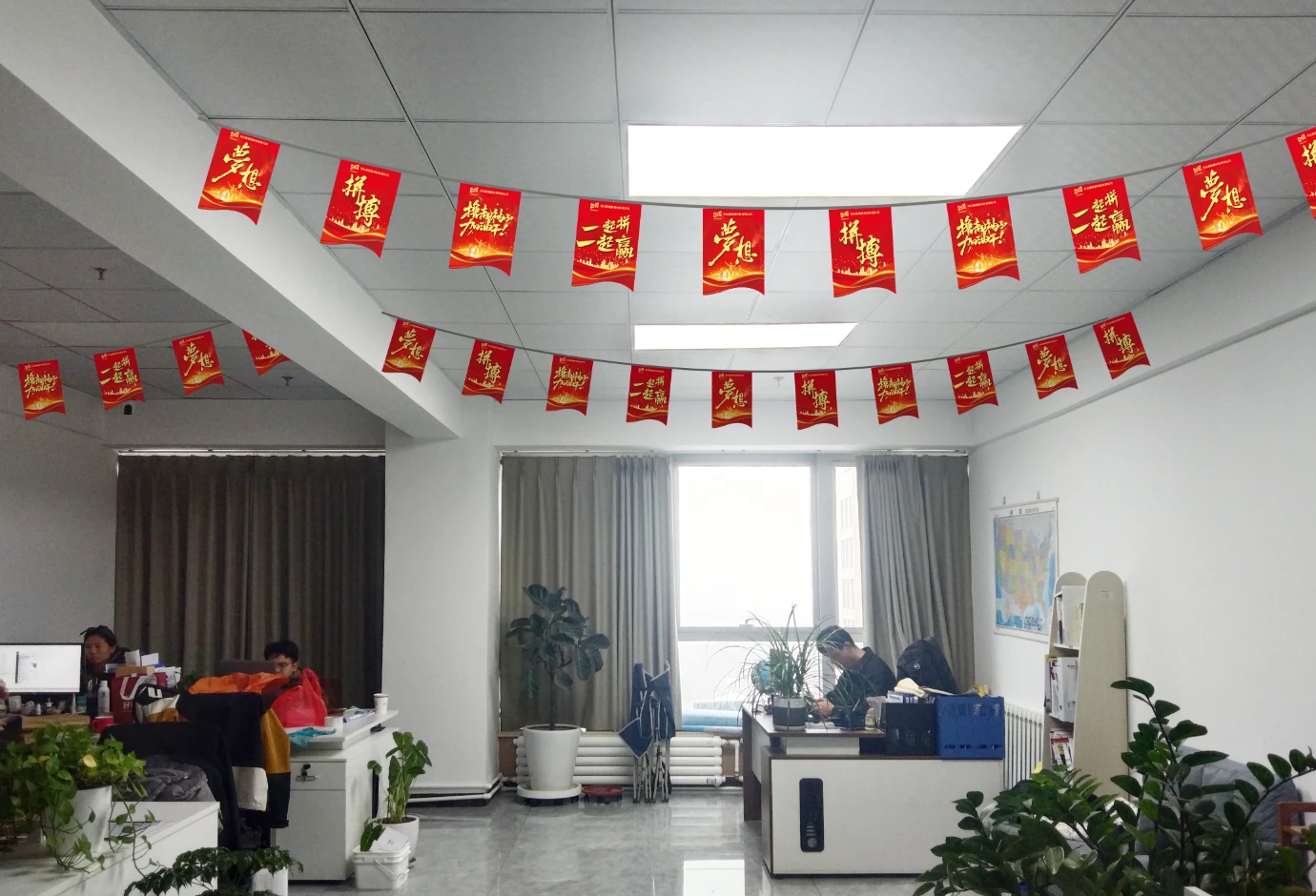
(flat roof self adhesive membrane)
FAQS on flat roof self adhesive membrane
Q: What are the main benefits of using a flat roof self adhesive membrane?
A: Self-adhesive membranes offer easy installation without torches or solvents. They provide instant waterproofing upon application. This makes them safer and more cost-effective for DIY projects.
Q: How durable is a flat roof PVC membrane compared to other materials?
A: PVC membranes resist UV rays, chemicals, and punctures exceptionally well. They typically last 20-30 years with minimal maintenance. Their welded seams create superior waterproof protection.
Q: Why choose EPDM rubber membrane for flat roofs in cold climates?
A: EPDM remains flexible down to -40°F (-40°C), preventing cracking. Its black color absorbs heat, aiding snow melt. This synthetic rubber also withstands extreme temperature swings.
Q: Can self-adhesive membranes be applied over existing flat roof surfaces?
A: Yes, most self-adhesive products bond directly to clean, dry substrates like concrete or plywood. Surface must be smooth and structurally sound. Always verify compatibility with the manufacturer first.
Q: When is a PVC membrane better than EPDM for flat roof replacements?
A: Choose PVC for roofs with complex penetrations or high foot traffic. It allows heat-welded seams for airtight sealing. EPDM suits simpler installations but requires adhesive seams.


